Extreme Heat Is Radicalizing the Workforce
From Waffle House to Dollar General to Burger King, record heat is spurring workers to organize.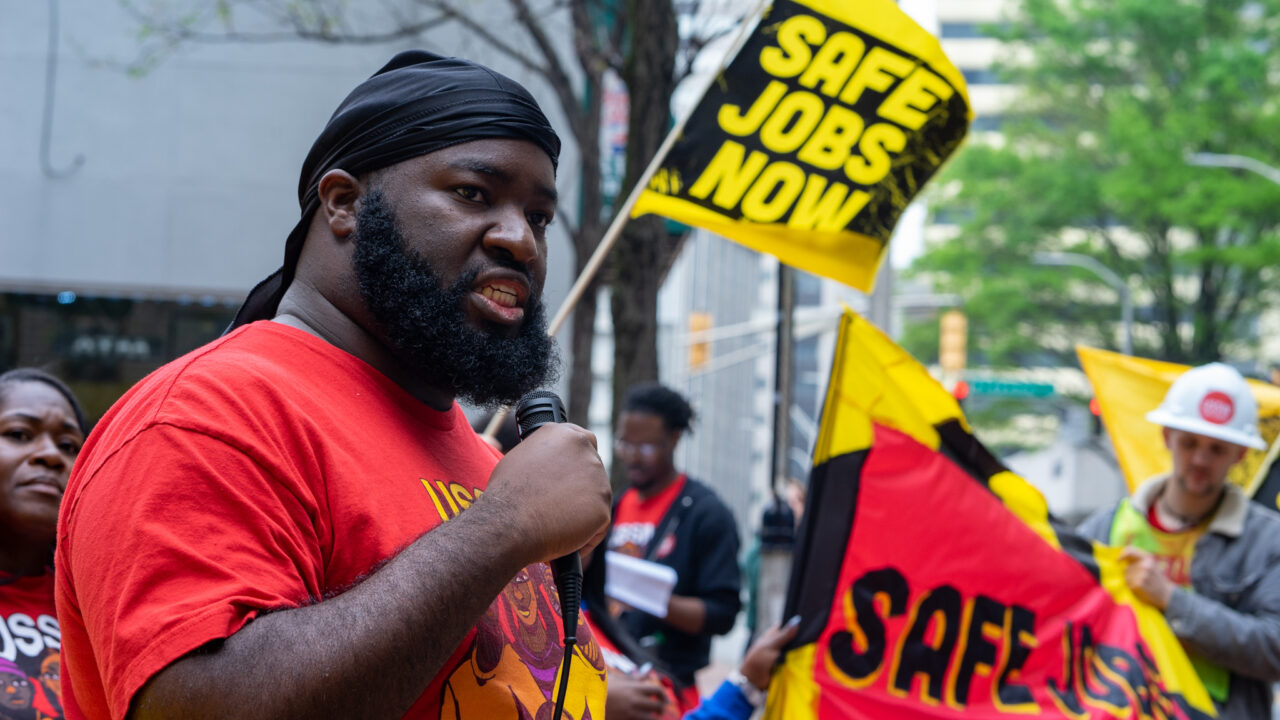 Gerald Green is a cook at a metro Atlanta Waffle House. Photo courtesy of USSW.
Gerald Green is a cook at a metro Atlanta Waffle House. Photo courtesy of USSW.
The sweat on Gerald Green’s forehead started dripping into his eye as he manned the Waffle House grill in the Georgia heat this July. Green, who’s worked for the company since 2016, said the air conditioner wasn’t functioning when he began at this Atlanta location in the spring. The AC remained inoperable through the summer, with temperatures higher than normal, and the city’s average monthly high approaching 93 degrees in July.
Green, 31, cleans and maintains the store on top of cooking as a high-level “rock star” grill operator. On breaks, he tried to cool off outside the back door. While working, he kept the doors open to try to cool the store. But he felt little relief. He had sweated through his uniform early in that night shift in July. When sweat started dripping into his eyes, “I had to walk away. I couldn’t see,” he said.
Workers say they told managers about the problem in March, but nothing changed. As summer rolled by, Green and his colleagues grew tired of waiting for answers. They began to organize with the Union of Southern Service Workers (USSW), an organization of low-wage service workers backed by the Service Employees International Union (disclosure: SEIU is a financial supporter of Capital & Main). (Unlike other unions, USSW does not formally unionize workplaces through the National Labor Relations Board process and has not yet collected union dues.)
Indeed, across the country — but perhaps most intensely in the South — the rising heat at work is having a surprising ripple effect: It is driving workers to organize. At workplaces from Waffle House and Dollar General to e-bike-share warehouses, extreme heat is often the last straw for workers in previously temperate jobs. Once workers complain about heat, calls for better wages, benefits and schedules often follow.
Indeed, across the country — but perhaps most intensely in the South — the rising heat at work is having a surprising ripple effect: It is driving workers to organize.
As the world’s hottest summer on record concludes, the death toll among workers has been chilling: A UPS driver in Texas. Farmworkers in Arizona and Florida. A Kroger warehouse worker in Tennessee. But while dangerous heat has long been a concern for outdoor workers, it now threatens an increasing share of the two-thirds of all workers who, like Green, labor indoors.
While no national statistics breaking down extreme heat by industry are readily available, indoor heat exposure was responsible for seven of 20 heat-related deaths at work in California from 2010 to 2017, according to a working paper by Rand Education and Labor, a think tank. Researchers also found that indoor cases of heat illness in the state increased from an average of 138 in 2010 and 2011 to an average of 225 in 2017 and 2018.
An investigation in Nevada found that workers had filed complaints about working in indoor temperatures above 90 degrees without air-conditioning in retail stores, warehouses, auto shops, industrial laundry centers, office buildings and doctor’s offices. The report by the Nevada Current also found incidents of hotel and restaurant employees passing out due to extreme heat.
There are no federal standards to protect workers from heat. The Occupational Safety and Health Administration acknowledges that “the problem affects all workers exposed to heat, including indoor workers without adequate climate-controlled environments.” Those workers, notes the agency, are more likely to be nonwhite, since workers of color disproportionately have essential jobs that expose them to high levels of heat. Two years ago, the agency began crafting a heat-specific workplace standard that applies to both indoor and outdoor workers, which has not yet been adopted.
The Biden administration also launched several initiatives to measure and report heat risk (including the website Heat.gov) and improve safety in the face of extreme heat.
In the absence of national standards, Minnesota, Washington, Oregon, California and Colorado have implemented state-level standards that include access to shade and drinking water, more breaks, and worker and manager training about heat illness prevention. Meanwhile, in June, Texas reversed local protections for outdoor workers, including mandatory water breaks for those in construction.
Elizabeth Simon, a bike mechanic for the New Orleans bike-share nonprofit Blue Krewe, said she was drenched with sweat working in the company’s warehouse through heat advisories all summer. The 26-year-old felt fatigued; other mechanics said they felt nauseous and sick. The company installed standing and floor fans around the warehouse and this year provided access to an air-conditioned break room, but it still felt hot. Those who work as field techs had to drive around the city all day replacing bike batteries outdoors.
This year, New Orleans experienced its hottest summer ever. These unbearably hot conditions were a key factor that led employees to send management a petition in June asking for industrial fans — a demand workers had made for months without result — and higher wages, and to form a union with Workers United, an SEIU affiliate, which was recognized in August. “The heat honestly was a big part of it,” said Simon. “Since we’ve unionized, the fan is in the warehouse.” It was installed on Sept. 26.
“At every chapter meeting, we hear from at least one or two workers who are dealing with extreme heat at work.”
Blue Krewe CEO Geoff Coats said in an emailed statement that the process took months because the company had to work with the building’s landlord, architect and HVAC engineer to explore ventilation options. “We then had to wait on approval from the landlord to do the alterations to the roof/ceiling trusses before we could actually place the order (because of the size of the fan it required special hardware welded into the structure of the warehouse),” he said. “Commercial renovations on historic buildings that are owned by someone else are just inherently complex and Blue Krewe, as an entity, did not have the authority to just order and install the [fan] at our own timeline.”
Coats added that at the end of June, the company also shared a pilot heat protocol with workers that gives two extra 15-minute breaks when there is an excessive heat warning, and the option for those working outside of the warehouse to call off from their shift, unpaid. The management reschedules shifts to make up for called-off hours when possible.
At Waffle House, said Green, the lack of response to complaints about the heat was similar. “Plenty of people have brought it up to them before. They really hadn’t responded in a way that’s meaningful before we delivered a demand letter.” Green said he and his co-workers had first complained in March, but Waffle House didn’t bring in temporary air-conditioning units until workers delivered a petition demanding relief from the heat, along with requests for fair pay, consistent scheduling and new equipment, on Sept. 1. Waffle House fixed the air-conditioning several days later.
Waffle House did not respond to requests for comment.
“At every chapter meeting, we hear from at least one or two workers who are dealing with extreme heat at work,” said Green, a USSW member. “Not just fast food, but workers at retail stores and warehouses are getting sick at work too.”
“Y’all don’t scare me. I know my rights.”
The pattern repeated at a Burger King in Decatur, Georgia, said Arnice Sykes, a shift leader at the store. Sykes felt weak and fatigued during a heat wave this summer. A retired 55-year-old teacher with lupus, diabetes and a defibrillator, Sykes said there were issues with temperature control long before the heat peaked. With all of the cooking equipment, she explained, “when it was 90 outside, it was 100 inside. When it was 80 outside, it was 90 inside.” The owners brought in fans that blew around hot air, she said. When the owners had the AC serviced, it still didn’t work properly. Sykes would step into the freezer to cool down.
Sykes and her co-workers organized a protest with the help of USSW on July 28, a day with a high temperature of 95 degrees. The next day, the air-conditioning was repaired.
Burger King did not respond to requests for comment.
While workers at Burger King, Waffle House and Blue Krewe saw their companies address complaints about heat, they are all still waiting for change on other issues including compensation and scheduling. Green’s payments for his student loans are about to resume after being on hold during the pandemic. Patrick Driscoll, a 41-year-old field tech for Blue Krewe, said getting the fans “was awesome. It was our first victory as an organized group.” Still, management hasn’t yet responded to their demands for higher wages and fully subsidized health care.
“Once you do talk with the union, that’s when they’ll start listening,” said Sykes, who had been in the teachers’ union. “Y’all don’t scare me. I know my rights.”
Copyright Capital & Main 2023
Your support matters…Independent journalism is under threat and overshadowed by heavily funded mainstream media.
You can help level the playing field. Become a member.
Your tax-deductible contribution keeps us digging beneath the headlines to give you thought-provoking, investigative reporting and analysis that unearths what's really happening- without compromise.
Give today to support our courageous, independent journalists.
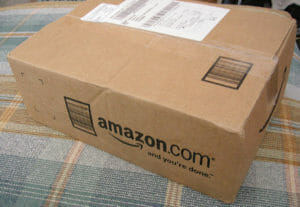

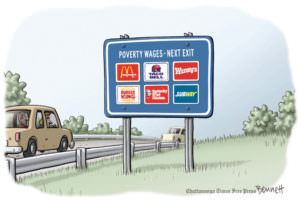
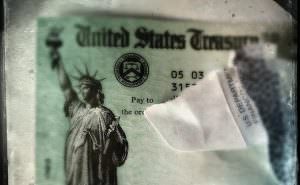

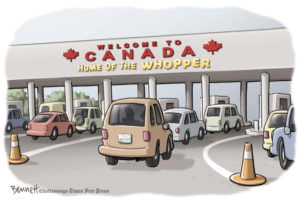


You need to be a supporter to comment.
There are currently no responses to this article.
Be the first to respond.